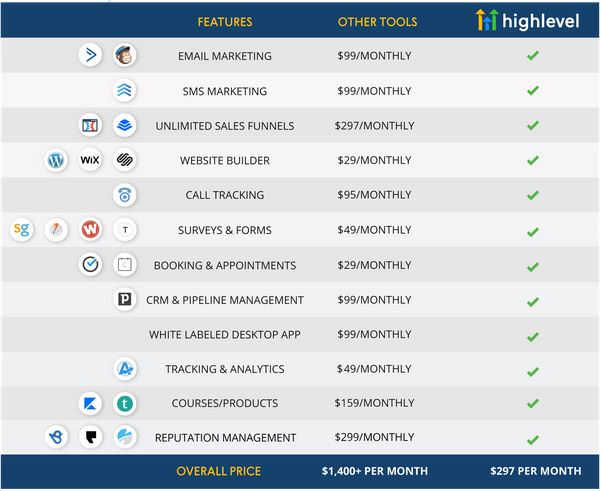How "The Pros and Cons of Taking a Highlevel Approach to Problem-Solving" can Save You Time, Stress, and Money.

Another Point of View and Cons of Taking a Highlevel Approach to Problem-Solving
In today's fast-paced world, problem-solving has ended up being an important skill-set that is required in just about every element of life. Whether it is in personal or qualified lifestyle, we all come across troubles that call for us to presume extremely and happen up along with a answer. One strategy to problem-solving is taking a high-level method. In this article, we will review the pros and downsides of taking a high-level approach to problem-solving.
Pros of Taking a High-Level Approach
1. Spares Time: A high-level method allows you to swiftly pinpoint the major concerns and focus on finding options for them. It conserves opportunity as it gets rid of the need for in-depth evaluation of minor problems that are not essential for dealing with the main concern.

2. Reliable Use of Resources: When you take a high-level method, you may assign your resources efficiently towards dealing with the very most necessary issues first. This ensures that you are using your resources efficiently and increasing your odds of results.
3. Far better Selection Making: A high-level strategy assists in better decision-making as it allows you to view the bigger image and help make selections located on what's finest for accomplishing your objectives in the long run.
4. Clearness: A high-level technique delivers quality as it helps in cracking down intricate troubles right into smaller convenient parts, helping make it much easier to recognize what require to be carried out at each phase.
Drawbacks of Taking a High-Level Strategy
1. Shortage of Detail: One significant downside of taking a high-level approach is that it can easily lead to ignoring important information that might affect the result adversely.
2. Ignoring Minor Issues: While focusing on resolving primary issues, there is actually consistently a chance that slight concerns might go unnoticed, which might result in potential troubles.
3. Unsafe Decisions: In some cases decisions taken at a higher degree might not be sensible or feasible when executed at lower amounts where they are required to be implemented.
4. Limited Flexibility: A high-level method may confine flexibility as it requires a crystal clear and described planning of action, which may not permit for variances or improvements.
Conclusion
In conclusion, taking a high-level strategy to problem-solving has actually its advantages and negative aspects. It is necessary to consider each the pros and downsides prior to determining whether this approach is suitable for a particular condition. While it may be helpful in particular scenarios where time is of the significance, it might lead to damaging effects if important particulars are disregarded. It is crucial to strike a balance between taking a high-level method and paying for interest to important particulars when handling troubles.
